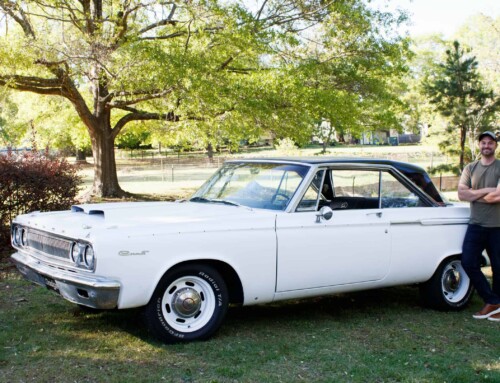 Special Services (SSC) sets forth guidelines and practices for performing aircraft maintenance in SSC Standard Operating Policies and Guidelines Section B, Chapter XXII. The chapter gives general guidance from airworthiness determination, personnel qualifications & training, work environment, tooling, safety and more.
Special Services (SSC) sets forth guidelines and practices for performing aircraft maintenance in SSC Standard Operating Policies and Guidelines Section B, Chapter XXII. The chapter gives general guidance from airworthiness determination, personnel qualifications & training, work environment, tooling, safety and more.
SSC guidelines are designed to complement and support the aircraft, parts, engine, and component manufacturer’s instruction and inspection guidance, methods, and instructions.
In addition the Federal Aviation Regulations (FAR) provides regulatory guidance for maintaining aircraft airworthiness. Inspection programs and criterion are established for each make and model to ensure that aircraft are inspected in accordance with (IAW) instructions and procedures set in detail for the parts and areas of the airframe, engines, propellers, and appliances. STC and supplemental equipment also should be maintained IAW with their specific requirements in addition to the manufacturer’s guidance.
Inspection schedule intervals are to be accomplished expressed in terms of time of service (hours), calendar time, cycles, or any combination to determine required inspections.
Maintenance tracking and record keeping is important to ensure timely inspections, overhaul, and component rebuilding and testing by acceptable methods, techniques, and practices.
A proper maintenance record entry is required to return the aircraft to service after maintenance has been performed. Let me mention here also that FAR 43.12 prohibits any fraudulent or intentionally maintenance record falsification, reproduction, or alteration. Only approved and properly traced aircraft parts should be used when performing aircraft maintenance. Caution should be given to rebuilt and overhauled engines and parts for proper documentation of work performed. Good aircraft records contribute greatly to the overall value of the aircraft.
 Aircraft manufacturer’s maintenance manuals or instructions should be used to ensure that aircraft maintenance and inspections are done properly to the proper specifications, ie torque settings, pressure values, sheet metal tolerances, only to name a few.
Aircraft manufacturer’s maintenance manuals or instructions should be used to ensure that aircraft maintenance and inspections are done properly to the proper specifications, ie torque settings, pressure values, sheet metal tolerances, only to name a few.
Maintenance should be performed by properly trained, supervised, and endorsed by certified airframe and powerplant technicians (A&P), or authorized inspectors (IA) as required.
Even though all of the above criterion and practices may be used, maintenance management experience is another consideration. When an inspection calls for a visual inspection of a component or area, experience can make a difference as to what to look for in the area and the associated components as they may relate or correlate to safety sensitiveness.
This is why SSC believes that our combined aircraft operation and maintenance experience working together offers a greater value that over time helps reduce aircraft maintenance costs.
In summary, good maintenance practices are vital to aviation safety, compliance, and value.







Great article.I agree 100% more importantly is knowing what your looking for when performing an inspection per the requirements of the work instruction card your working off of.The paper sign off is just as important as doing the job.So many individuals skip over this area of proper record keeping. I have also found on numerous occations the inspection interval doesn’t match what the aircraft is meaning you will still find airworthiness issues when the inspection interval was not included for a particular maintenance check. This I feel is where the voice of experience is to challenge constantly the interval of progressive maintenance set forth for the aircraft in check.
Again Inspection must be separate from production per FAR requirement.
regards,
Dave
Excellent input. Thanks Dave!
As an prior Technical Inspector I couldnt agree more, proper checks and balances is critical to good maintenance management. A solid tracking program will streamline program save time and ultimately save substantial revenue.